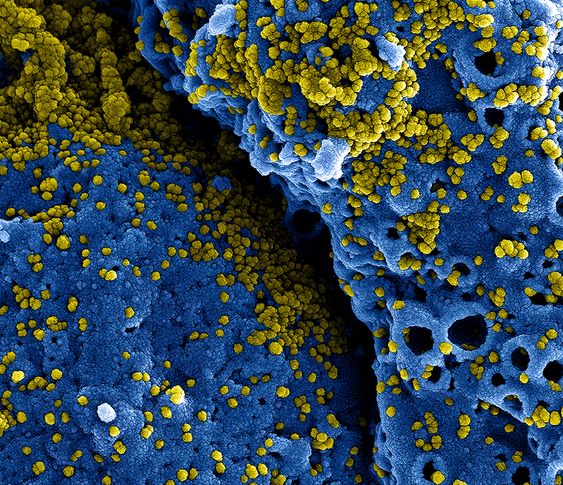Introduction
Smallpox is an eradicated infectious disease caused by the variola virus. It was one of the most devastating diseases in human history, characterized by a high mortality rate and disfiguring scars in survivors. Thanks to a global vaccination effort, smallpox was declared eradicated in 1980, marking a significant triumph in public health.

Although smallpox no longer exists in nature, concerns remain regarding its potential use as a biological weapon. The variola virus is highly contagious and can spread through respiratory droplets or contact with contaminated materials. The possibility of its reemergence underscores the importance of understanding smallpox, its historical significance, and the measures taken to eliminate it.
Causes
Smallpox is caused by the variola virus, a member of the orthopoxvirus family. This virus exists in two forms: variola major, which causes a more severe and often fatal form of the disease, and variola minor, which results in a milder illness. The variola virus spreads primarily through:
- Respiratory droplets: When an infected person coughs or sneezes, they release tiny droplets containing the virus into the air, which can infect others nearby.
- Contact with contaminated materials: The virus can survive on surfaces like clothing, bedding, and utensils. Touching these materials and then touching one's eyes, nose, or mouth can lead to infection.
Symptoms
Smallpox typically presents with a distinct set of symptoms:
- High fever: Sudden onset of high fever (101°F or higher) is often the initial symptom.
- Rash: A characteristic rash appears 2-4 days after the fever, starting as small, flat red spots that progress to raised bumps filled with fluid. The rash typically appears first on the face and then spreads to the arms and legs, including the palms and soles.
- Pustules: The fluid-filled bumps develop into pus-filled blisters (pustules) that are firm to the touch.
- Scabs: The pustules eventually dry out and form scabs that fall off, leaving pitted scars.
Treatment
Since smallpox has been eradicated, there is no longer a need for routine treatment. However, if a case were to occur, supportive care would be crucial. This might include:
- Hydration: Providing fluids to prevent dehydration.
- Pain relief: Administering medication to manage pain and fever.
- Wound care: Keeping the rash and pustules clean to prevent secondary infections.
Prevention
The most effective way to prevent smallpox is through vaccination. The smallpox vaccine, derived from a related virus called vaccinia, provides long-lasting immunity against the variola virus. While routine smallpox vaccination is no longer recommended for the general population, the vaccine is stockpiled for potential use in case of a bioterrorism event.

.jpg)